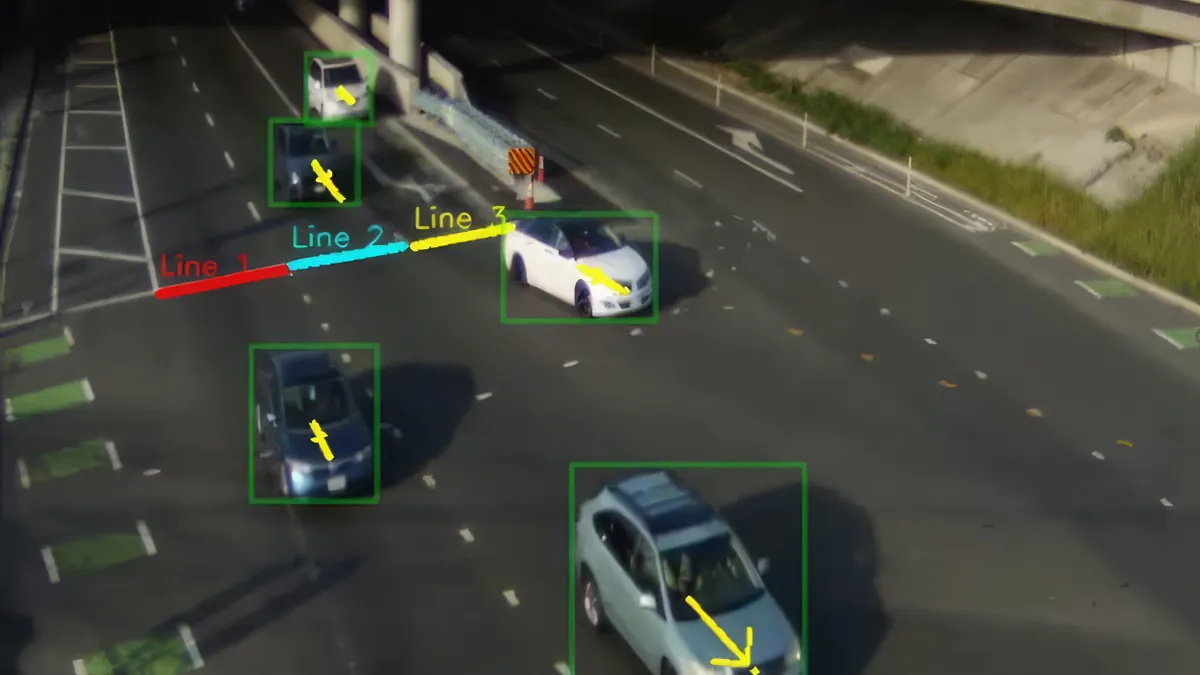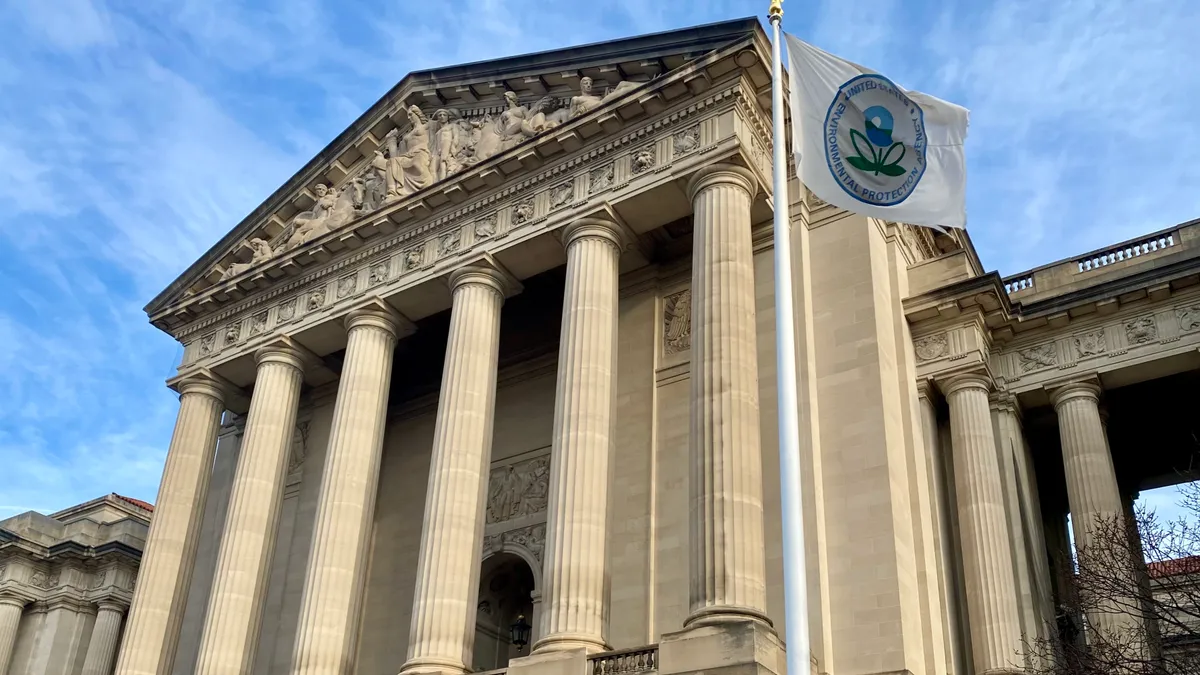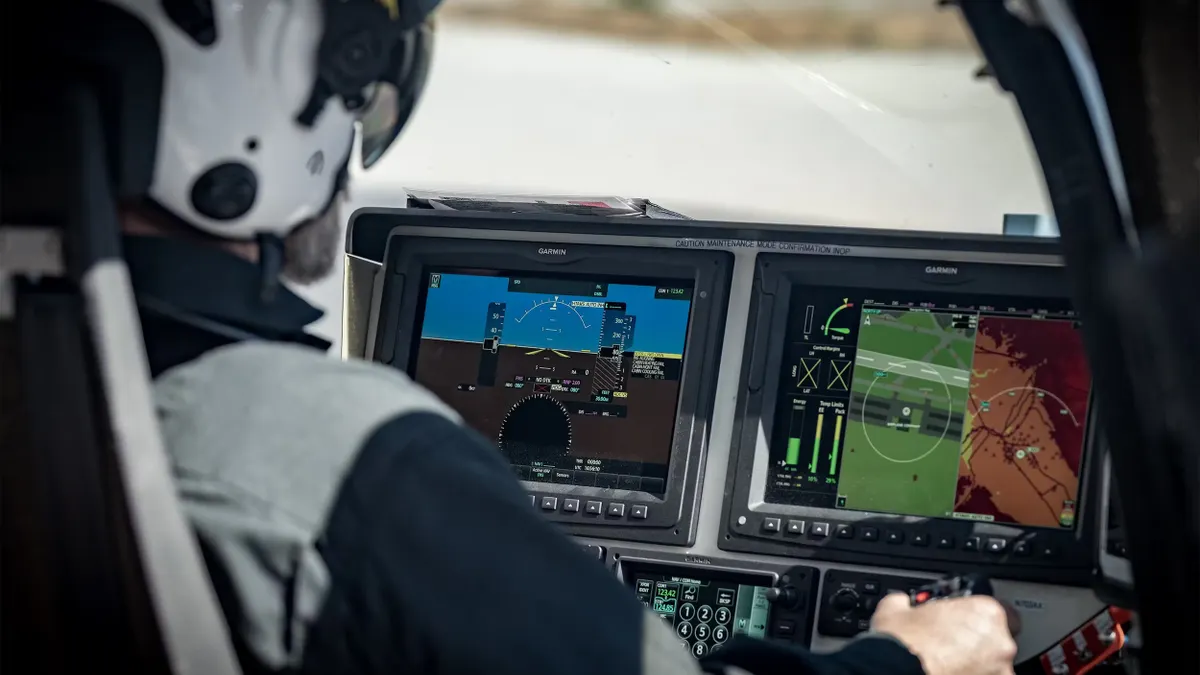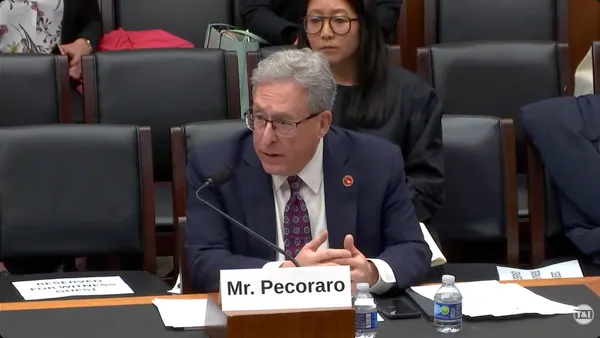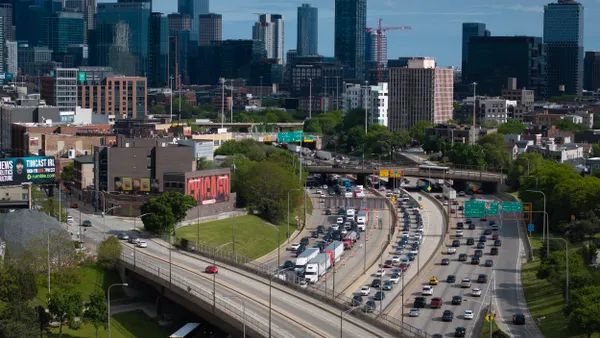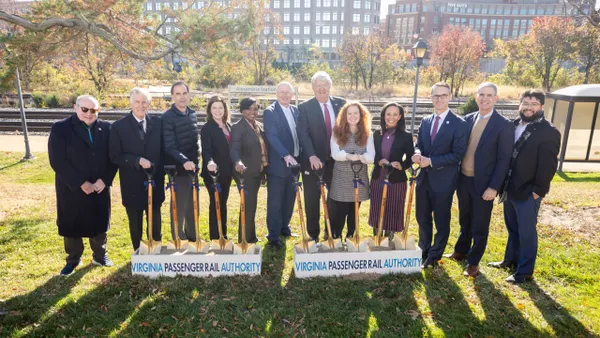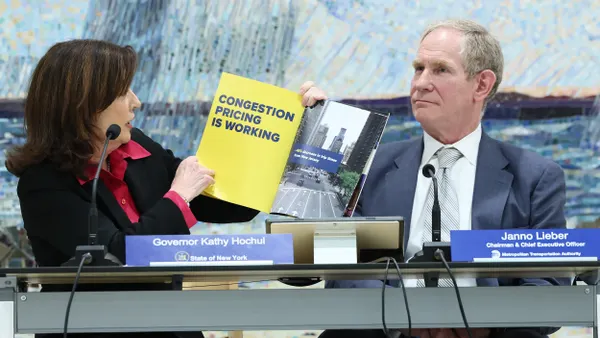San Jose, California, and Lakewood, Colorado, are testing AI vision sensors to improve pedestrian safety and traffic management.
The technology from Sony Semiconductor Solutions is easily installed, can be solar-powered and provides privacy protection, Yu Kitamura, Sony’s senior business development manager, said in an interview.
San Jose wanted the ability to detect pedestrians at night, conduct traffic counts and speeds, protect city assets and assist in curb management, the city’s ITS manager, Ho Nguyen, said in an interview. It began a pilot program of the Sony technology at a small number of intersections in February, he said. “It was small and easy to install, use and maintain, [and] it was also low cost.”
Nguyen said the pedestrian project came about because “we were having issues with the homeless population being hit by vehicles at night.” Although it doesn’t yet have pedestrian-detection data, the city has received data on traffic volume and vehicle speeds. Combining these data feeds, when available, can help inform the city where it needs to add street lighting, signage or a crosswalk to a specific intersection, he said.
Typically, such traffic studies rely on temporary surveys, which can last for as little as a few days. Nguyen said if the technology proves successful, he would seek a grant to fund 200 AI camera installations. That would give city officials a “granular understanding” of the city's traffic and how it changes over time, he said, adding that “if you can get counts in real time, you're able to retime your signals to reflect the current traffic level.”
A segment of Lakewood’s West Colfax Avenue saw six pedestrian deaths from 2015 to 2019, prompting a safety project that began this year. The first phase includes a more continuous center median, roadway lighting and offset pedestrian crossings between signalized intersections. These crossings provide greater protection for pedestrians and are more predictable for motorists, according to a Lakewood city website.
The first phase is about 50% complete, Lakewood city transportation engineer Mike Whiteaker said in an email. Phase 2, which will be put out for bid later this year, will install most of the communication and power infrastructure for Sony’s pedestrian alert system.
“We are planning on using signs that light up when an object is detected to warn the drivers,” he said. These will be similar to wildlife warning systems that Coloradans are familiar with, he explained.
"By combining high-performance AI capable intelligent vision sensors with data applications, we're helping cities like Lakewood and San José respond to rapidly evolving transportation patterns and infrastructure needs," Kitamura said in a statement.



